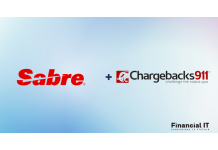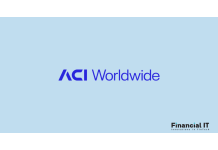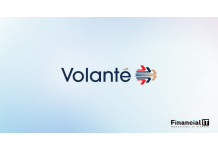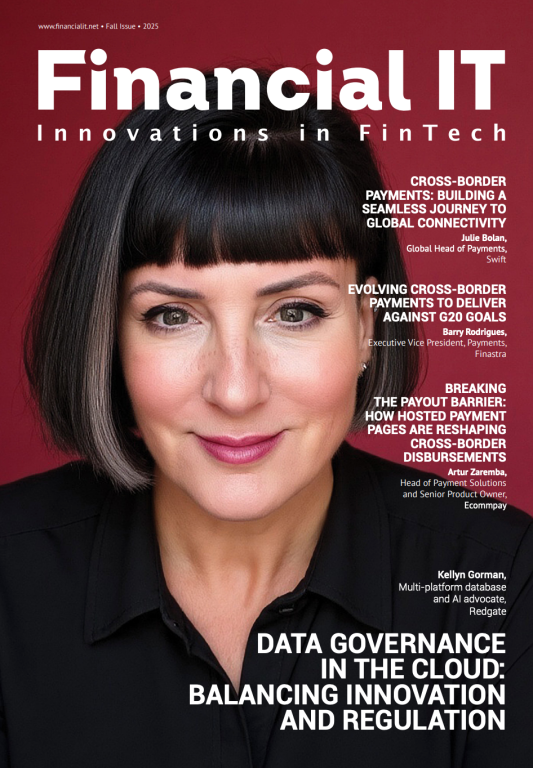Finzly Announces Agentic AI-Powered Payments and...
- 23.10.2025 11:55 am
Wirex Brings Google Pay to the UK for Faster, Safer...
- 23.10.2025 11:55 am
From AI to BNPL, PayPal Survey Reveals How Merchants...
- 23.10.2025 11:35 am
Sabre Direct Pay Introduces Integrated Chargeback...
- 22.10.2025 03:25 pm
OpenPayd Triples Currency Account Access to Fuel...
- 22.10.2025 01:15 pm
ACI Worldwide and Prosa Redefine Payments in Latin...
- 22.10.2025 11:10 am
Edenred and Visa Announce a Strategic Partnership to...
- 21.10.2025 03:15 pm
Global Payments Named Official Payment Technology...
- 21.10.2025 02:55 pm
Salt Edge and Sola Partner to Power Instant Payments...
- 21.10.2025 12:35 pm
British Arab Commercial Bank Partners With Volante...
- 21.10.2025 11:05 am
SumUp Launches in Mexico – Bringing Game-Changing...
- 21.10.2025 10:55 am
Silverflow Calls Time on Outdated Payment Systems as...
- 21.10.2025 10:40 am






















